Established in 2015 by the China Academy of Art, the DIA Award is not just about recognizing good design… it is about cultivating it. Serving as both an awards program and a product accelerator, the DIA Award has celebrated innovation and entrepreneurial spirit for nearly a decade. The free-to-enter program has a three-stage judging and evaluation process, with the aim of developing products that uniquely benefit humanity. In doing so, the DIA Award also seeks to create a platform for accelerating international trade, increasing connectivity, and opening up commercial opportunities that help propel the Global East in the West-heavy Design Industry. Effective design is only truly impactful when it reaches and benefits a wider audience. With this in mind, the awards program has created a prize fund of ¥5 million RMB, equivalent to $728,000 USD, to support the development of exceptional ideas into exceptional designs. This initiative aims to incubate and nurture innovative concepts that have the potential to make a significant difference in the world of design.
The Design Intelligence Award undergoes a rigorous judging process, consisting of three stages. A panel of 550 design experts evaluates entries based on three criteria layers. The first layer focuses on the fundamental “Principles of Design”, including functionality, aesthetics, technicality, user experience, and sustainability. The second layer emphasizes the “Direction of Design”, considering its contributions to humanity, industry, and the future. The third and final layer highlights the “Impact of Design” on social influence and industrial development. The judging process culminates in a hands-on final round, ensuring that only the most exceptional designs are recognized.
Comprising 550 experts and judges from 37 countries and regions around the world, the elite DIA Jury Panel thoughtfully chooses 30 remarkable projects that exhibit innovation and positive impact. These fortunate winners gain access to the DIA’s prize fund of ¥5 million RMB ($728,000 USD), with the highest-ranked project receiving ¥1 million RMB. Additionally, winners are invited to the prestigious DIA Award Ceremony, where they can network with global representatives from diverse sectors such as design, academia, and media. Winners also have the opportunity to attend the D-WILL expert lectures, sponsored by the Zhejiang Modern Intelligent Manufacturing Promotion Center and Design Innovation Center of China Academy of Art. These lectures aim to foster innovation and connectivity by featuring education experts, industry leaders, and pioneers who share their knowledge and accomplishments with the next generation. Finally, winners benefit from media exposure through a coordinated PR campaign, further promoting their work to a broader audience. In fact, you can scroll down to see a few winners and honorable mentions from last year’s Design Intelligence Awards!
Click here to view all the winners of the 2023 Design Intelligence Award
HiPhi Z by Human Horizons
Designed as China’s answer to Tesla, the HiPhi Z is an all-electric sedan with a futuristic design and impressive capabilities. The model’s electric powertrain features two rear-mounted electric motors, one for each wheel, producing over 600 horsepower and 605 pound-feet of torque. It can accelerate the sedan to 62 miles per hour in a mere 3.8 seconds and travel up to 438 miles on a single charge. Moreover, the Z provides an engaging user experience, not just for the driver but also for passersby, thanks to the unique LED matrix under each headlight and taillight that can display text, emojis, and more!
Darwin Bucky by Darwin Projects & Andblack Design Studio
Darwin Bucky is a lightweight, multifunctional exoskeleton that challenges the permanence of conventional architecture. Designed to be an exhibition or performance space with a large canopy, it can be easily assembled and dismantled in a few days, stored, or transported in a shipping container. Its conical shape and triangulated planes offer structural stability, excellent acoustics, and require half the materials compared to traditional buildings, while the space underneath is perfectly versatile to serve as an exhibition gallery, town hall, performance arena, or even a nightclub.
Paper Razor by Kai Corporation
The Paper Razor is a sustainable alternative to disposable plastic razors, made entirely out of paper with a metal blade. The razor is flat-packed and can easily be folded into a rigid and ergonomic shape. Its origami-inspired design minimizes the use of plastic by up to 98%. The razor is designed for travelers as it is lightweight, weighing only 4 grams, with a thickness no more than 5mm. It can withstand water temperatures of up to 104°F and comes in five different colors. Designed ideally for travelers, the Paper Razor offers an ecologically conscious alternative to disposable all-plastic razors.
Kreis Recycled Coffee Cups by Coffee Kreis
Meet the Kreis Cup, a coffee cup that’s sustainable, durable, and designed to enhance your coffee-drinking experience. Available in cup and travel-mug styles the Kreis ditches plastic, steel, and ceramic for a much more unconventional yet pretty impressive material – coffee grounds! Made from discarded coffee grounds and plant-based binders, the Kreis cups are heat-resistant, reusable, shatter-proof, and actually help keep your coffee hotter for longer. They’re designed to be biodegradable too, just in case you want to dispose of them, and the only perceivable disadvantage of the Kreis Cups is that they give off a delicate coffee aroma, so you can pretty much only use them to drink coffee!
VT-30 by EHang
Designed by one of China’s most prominent eVTOL manufacturers, the VT-30 is a “lift and cruise” aircraft aimed at inter-city travel. The two-seater, fully autonomous aircraft is capable of traveling up to 300 km (with flight times of up to 100 minutes) on a single battery charge, and can take off and land on both runways as well as helipads. Unlike other major players in the sector working on air taxis, EHang’s two-seater has a design that’s surprisingly compact and slick (in part thanks to its smaller cockpit), which also helps give it its surprisingly higher range.
Welme by Camex Wellnest Ltd. & Oro Innovations Pvt. Ltd.
The Welme is a discreet wearable device that’s designed to rehabilitate cramps and pains associated with periods by relying on TENS (Transcutaneous Electrical Nerve Stimulation) technology. By stimulating nerves without any side effects, drugs, or chemicals, TENS technology blocks the pain signals and prevents them from reaching the brain. Helping relieve pain without medication, heat-packs, or burning balms/sprays, the Welme is a wonderfully compact device that’s slim enough to be worn even when outdoors. The body patches attach to your abdomen (and can even be used on the back to relieve back pain), with the Welme hub itself being a simple, intuitive, puck-shaped module that clips right to your pants or pocket lining.
Sustainable Shopping Bag by Lim Sungmook
Cleverly cut out of a sheet of durable, waterproof Tyvek material, the Sustainable Shopping Bag offers a biodegradable eco-friendly alternative to the single-use plastic shopping bag that goes right into a landfill after it serves its purpose. What the Sustainable Shopping Bag rather remarkably does is rely on an efficient net-based design that’s strong while requiring less material. The cuts in the bag’s design help it expand to fit a wide variety of products from groceries to clothes and even the one-off wine bottle, and the bag’s patented design comes in a variety of sizes as well as color/pattern options.
Bamboo Pencil by Zhangyan
Inspired by the bamboo-based scrolls found in Confucian-era Chinese culture, these ‘Bamboo Pencils’ are made from regular wood, but come in a similar scroll-shaped design that allows you to easily bundle a bunch of pencils together in a cluster so they don’t get lost or stolen. The pencils can be individually separated during use, and each pencil comes with words of wisdom from Confucius, paying a hat-tip to the culture while also acting as a rather wonderful symbol of Chinese history in the modern era!
U-Lab 001 Guitar by Unknown Galaxy Technology (Shenzhen) Ltd. & inDare Design Strategy Ltd.
Although it looks like a conventional guitar from afar, the U-Lab 001 is far from the traditional Spanish-style guitar you’ve come to love. For starters, it has a hollow cutout, doesn’t have any strings, and folds in half during travel. Designed for novices who have little to no formal training in guitar playing, the U-Lab 001 provides the perfect launchpad for strumming, chords, fingerpicking, and mastering musical theory. The right-hand rocker switches can emulate the act of strumming all strings, and the fretboard under the left hand comes with a touch-sensitive light-up surface that teaches notes, chords, and overall music theory, along with a companion smartphone app. The ULab 001 also features a built-in speaker, a rotary knob to control volume, a single knob to change a guitar’s scale on command, and a headphone jack for silent, personal jamming!
Oto Hugging Chair by Alexia Audrain
The Oto Chair, also known as the Hugging Chair, is a therapeutic piece of furniture designed for people with sensory integration disorders, especially individuals with autism. The chair aims to recreate the sensation of being hugged or compressed, which has a soothing effect on the person sitting within the chair. The Oto Chair comes with a cocoonlike shape sporting a beechwood frame and plush upholstery that absorbs sound. The chair also has a self-compressing feature via a resistance foam cushion that can be activated by a remote control.
Click here to view all the winners of the 2023 Design Intelligence Award
The post Winners of the 2023 Design Intelligence Award: Here’s a look at the most innovative designs of the year first appeared on Yanko Design.
from Yanko Design
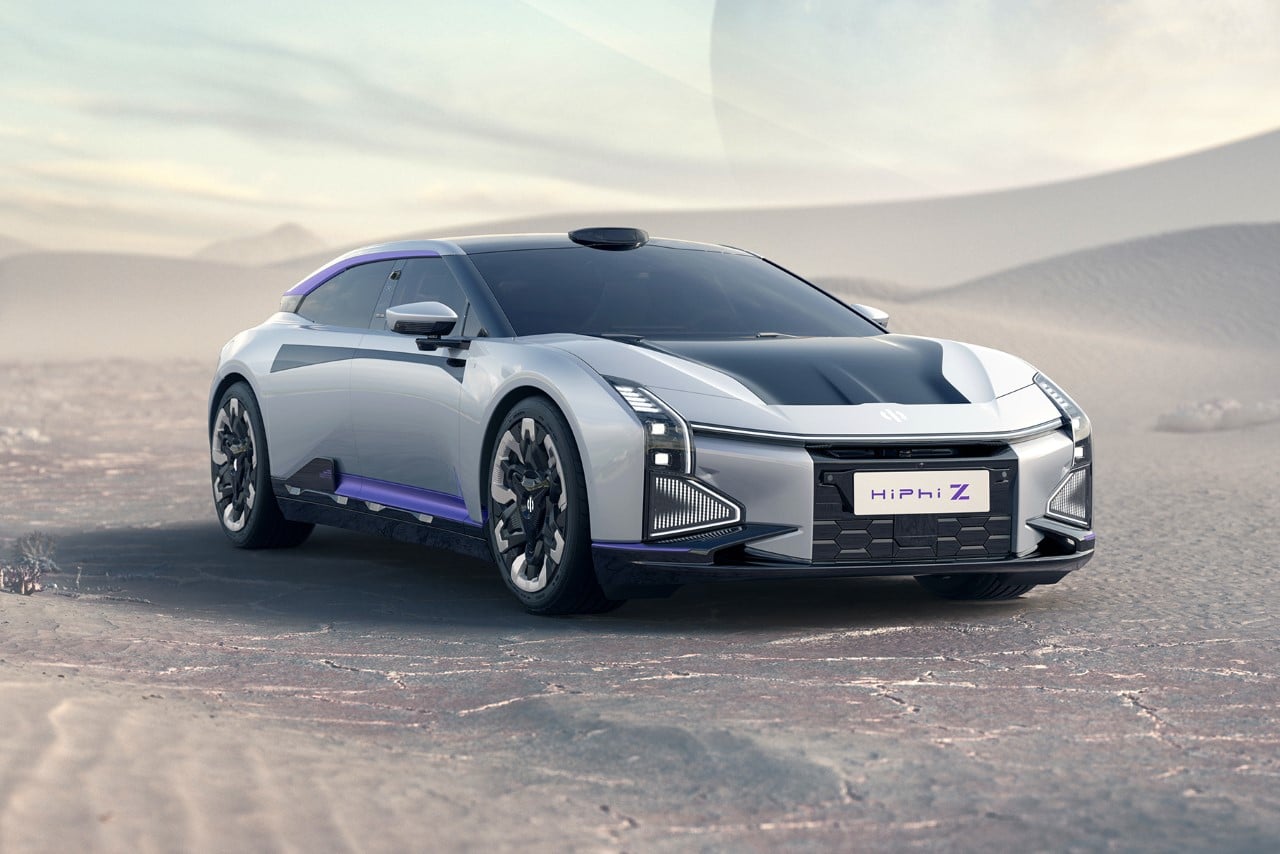
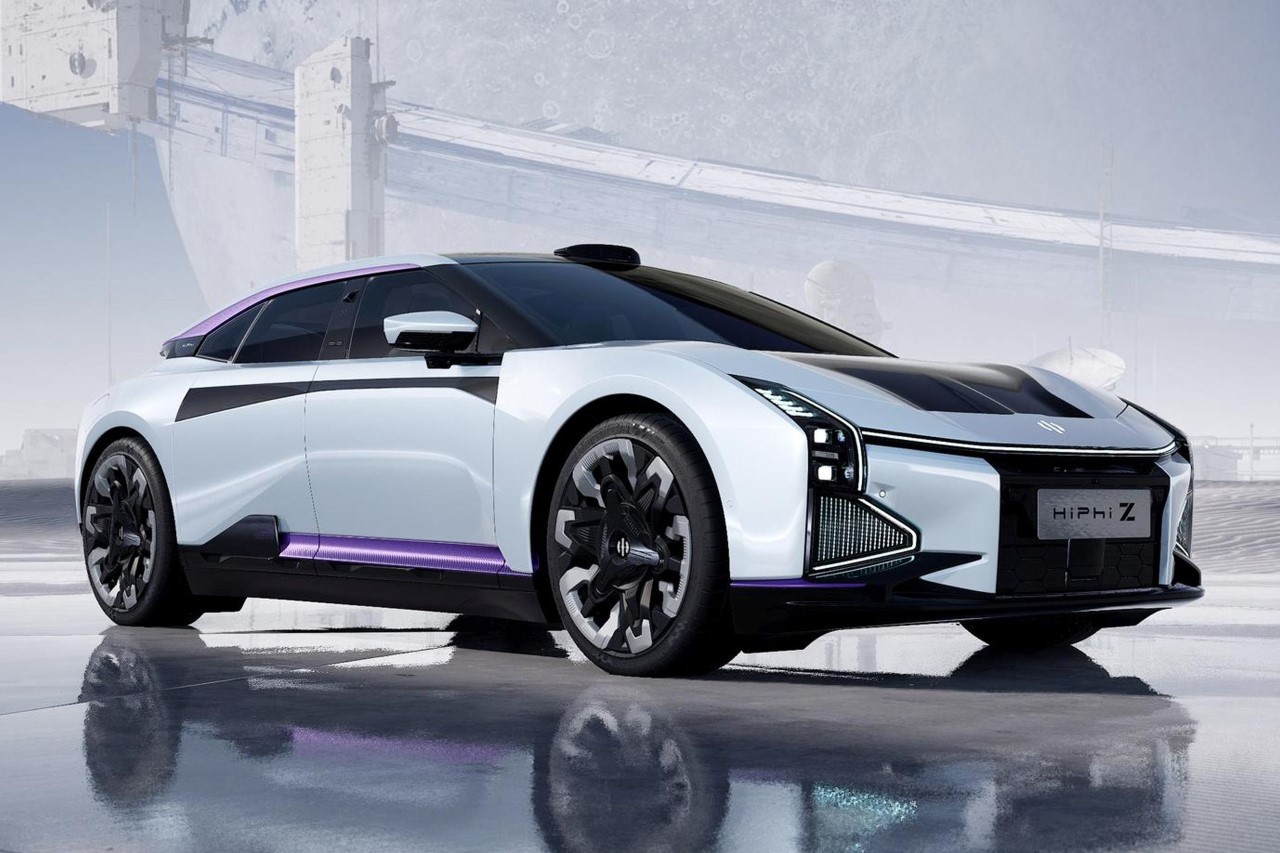

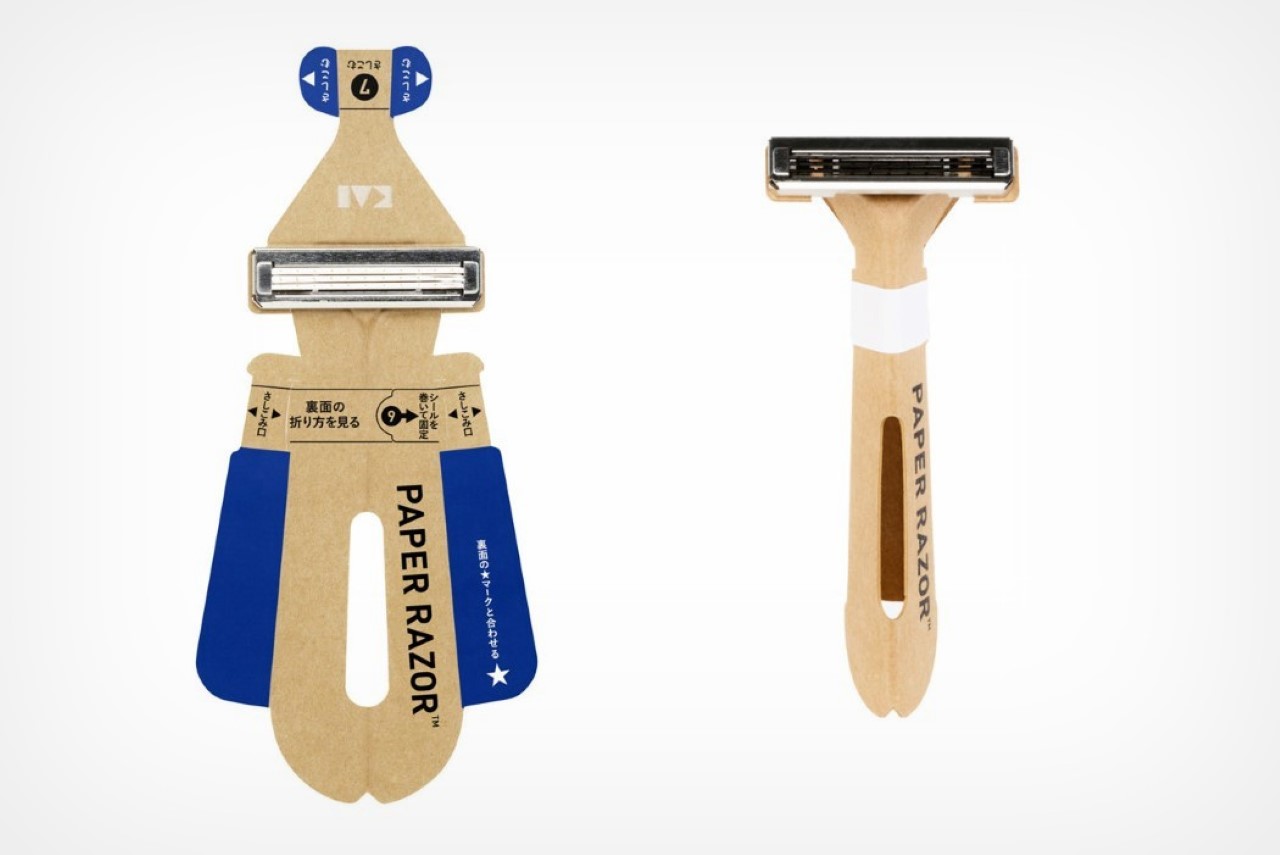


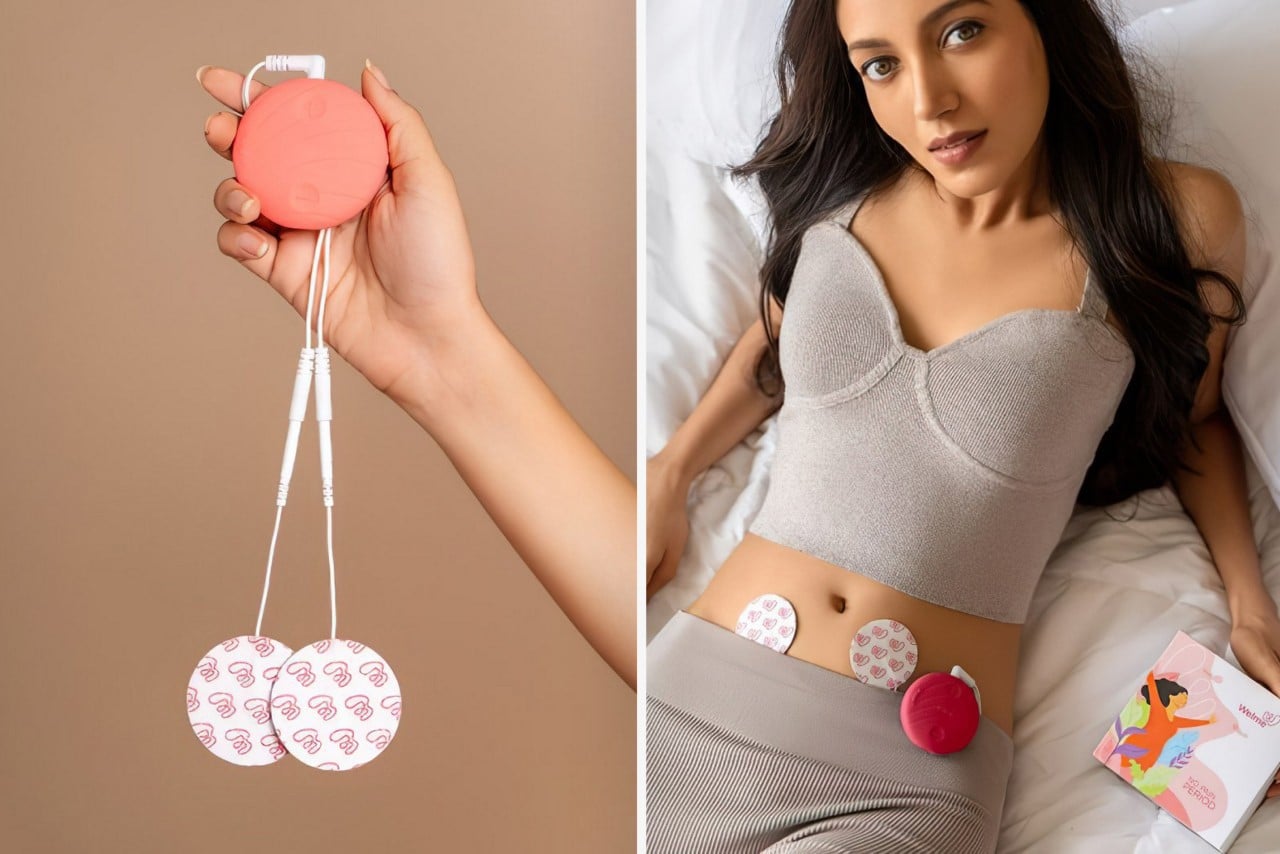
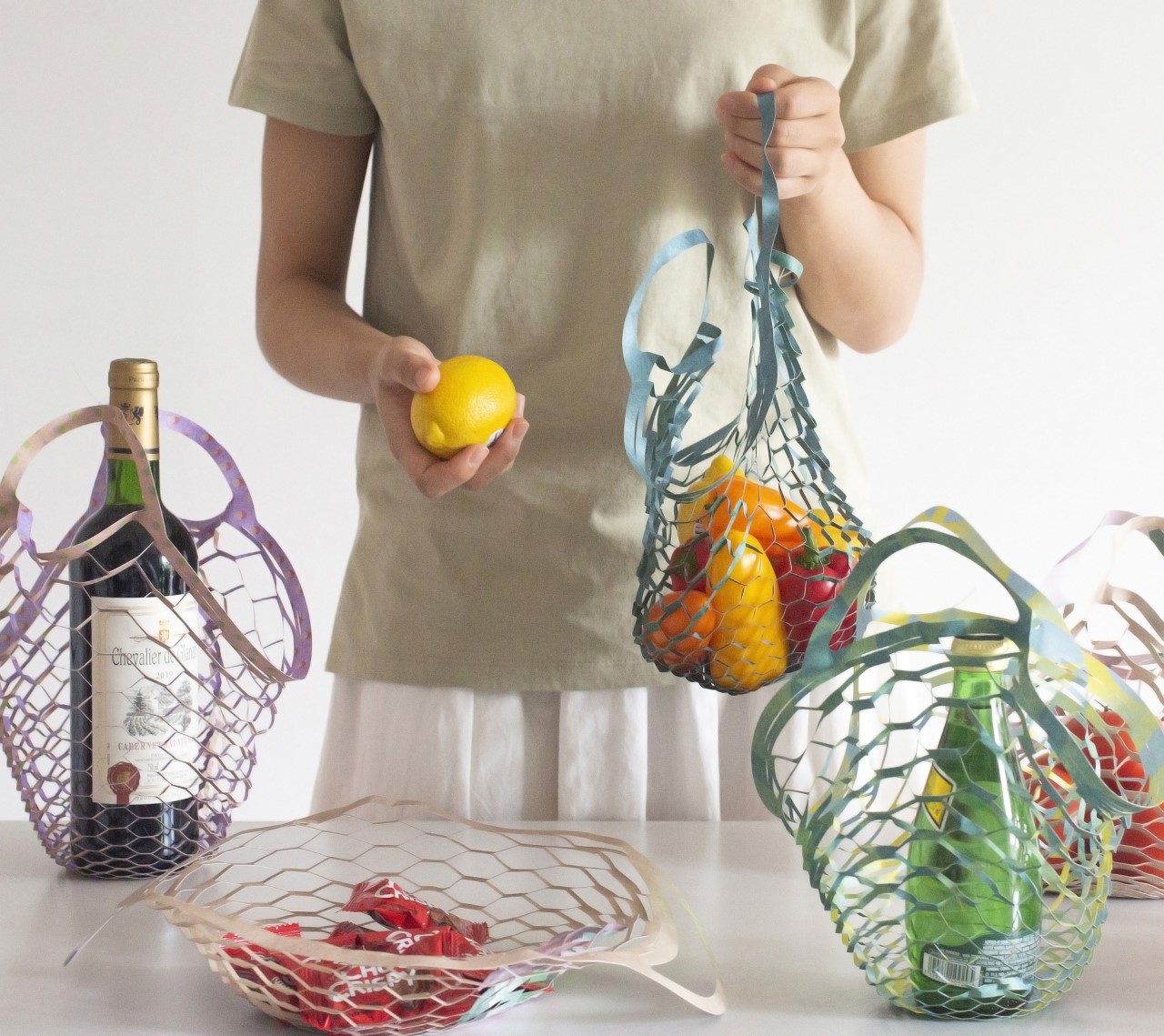




0 Comments